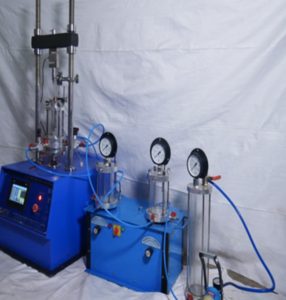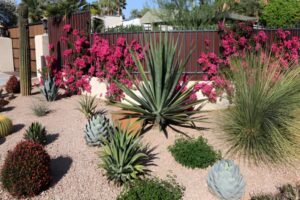How Do Soil Texture Tests Influence Landscape Plant Selection and Design?
The success of any landscape project doesn’t start with the plants—it starts with the soil beneath them1. Soil texture, which refers to the proportion of sand, silt, and clay in the soil, directly affects drainage, root penetration, nutrient availability2, and water retention. By conducting a soil texture test3 before choosing plants or designing garden beds, landscapers can make informed, sustainable decisions that promote healthy growth and long-lasting designs.
Characteristics of Soil Textures and Their Drainage Capabilities
Soil texture has a profound influence on how water moves through the ground, how air circulates, and how easily roots can grow.
Primary Soil Texture Types:
- Sandy Soil: Gritty texture, large particles, drains quickly, low water and nutrient retention.
- Silty Soil: Smooth and slippery when wet, holds more water but can compact easily.
- Clay Soil: Very fine particles, retains water well but drains poorly, may lead to root rot.
- Loam: Balanced mix of sand, silt, and clay—ideal for most landscape plants.
| Texture | Drainage | Water Holding | Root Growth | Suitability |
|---|---|---|---|---|
| Sandy | Fast | Low | Easy | Drought-tolerant plants |
| Silty | Moderate | Moderate–High | Moderate | Moisture-loving plants |
| Clay | Slow | High | Difficult | Deep-rooted, hardy plants |
| Loam | Ideal | Balanced | Excellent | Wide variety |
Knowing the soil’s texture helps prevent overwatering or underwatering and informs the right plant choices.
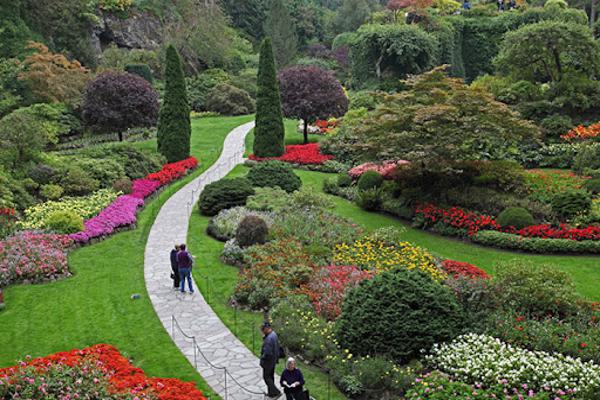
Matching Landscape Plants to Specific Soil Textures Based on Test Results
Once a texture test reveals your soil type, selecting plants becomes more strategic and successful. Instead of fighting the soil, you work with it.
Plant Selection Guide by Soil Texture:
| Soil Texture | Ideal Plant Types |
|---|---|
| Sandy | Lavender, Yarrow, Russian sage, Agave |
| Silty | Ferns, Dogwoods, Astilbe, Cardinal flowers |
| Clay | Switchgrass, Daylilies, Black-eyed Susan, Redbuds |
| Loam | Most ornamental trees, perennials, shrubs, and groundcovers |
By selecting plants adapted to the existing soil texture, you reduce maintenance and increase plant longevity.
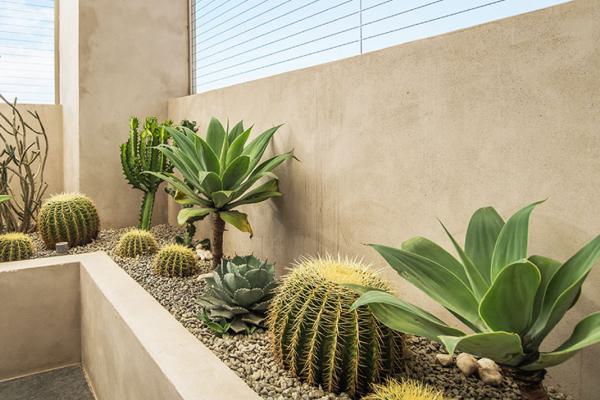
Soil Texture–Driven Strategies for Creating Sustainable Garden Beds
In landscape design, sustainability often begins with smart soil preparation. Test results guide strategies to improve soil health and drainage4, especially in challenging conditions.
Common Approaches:
- Amending Clay Soils5: Add compost or gypsum to enhance aeration and reduce compaction.
- Improving Sandy Soils6: Mix in organic matter to retain moisture and boost nutrient levels.
- Raised Beds: Useful where drainage is poor or texture varies across the site.
- Mulching: Helps balance moisture loss and temperature, regardless of soil texture.
| Challenge | Solution Based on Texture |
|---|---|
| Water pooling in clay | Aerate and amend with organic compost |
| Quick drying in sand | Apply mulch and compost for water retention |
| Uneven soil texture | Use layered or zoned planting beds |
These interventions allow designers to enhance the site’s natural conditions rather than attempting to change them entirely.
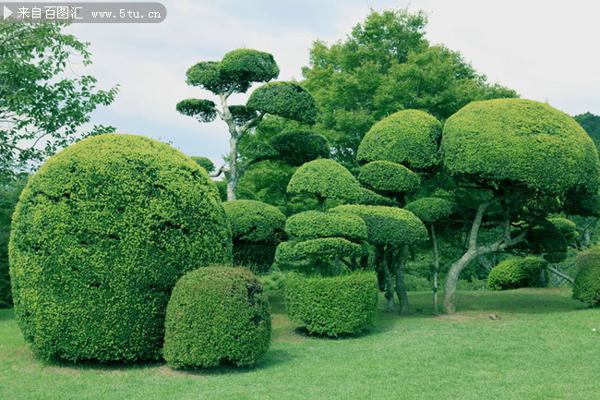
Using Texture Test Data to Optimize Irrigation in Landscape Settings
Irrigation efficiency7 is tightly linked to soil texture. Texture tests help determine how often and how deeply to water different zones in the landscape.
Irrigation Guidelines Based on Soil Texture:
| Soil Type | Watering Frequency | Water Depth per Session | Irrigation Strategy |
|---|---|---|---|
| Sandy | Frequent | Shallow (10–15 cm) | Short cycles, more often |
| Silty | Moderate | Medium (20 cm) | Uniform, consistent watering |
| Clay | Less frequent | Deep (25–30 cm) | Slow, deep soak to avoid runoff |
| Loam | Balanced | Medium (20–25 cm) | Flexible, most efficient drainage |
This ensures you’re not wasting water or stressing plants due to poor infiltration or retention.
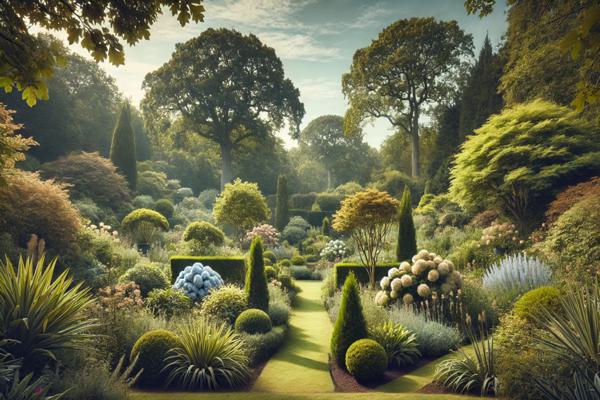
Conclusion
Soil texture tests offer powerful insights that shape every aspect of landscape design—from choosing the right plants8 to optimizing irrigation systems9. By understanding the physical nature of the soil, designers and gardeners can work in harmony with the land, creating resilient and beautiful green spaces that thrive with less effort and fewer inputs.
-
Understanding the role of soil is crucial for successful landscaping, ensuring plants thrive and designs last. ↩
-
Exploring nutrient availability helps in creating a fertile environment for plants, leading to healthier landscapes. ↩
-
A soil texture test is essential for selecting the right plants and ensuring optimal growth conditions in your garden. ↩
-
Explore this link to discover effective techniques and expert advice on enhancing soil health and drainage for better landscape design. ↩
-
Learn about the best methods to amend clay soils, ensuring better aeration and reduced compaction for healthier plants. ↩
-
Find out how to effectively improve sandy soils to retain moisture and enhance nutrient levels for thriving gardens. ↩
-
Understanding irrigation efficiency is crucial for optimizing water use in agriculture, leading to better crop yields and sustainability. ↩
-
Explore this link to learn how to select plants that thrive in specific soil conditions, enhancing your landscape design. ↩
-
Discover effective strategies for irrigation that align with soil texture, ensuring efficient water use and healthier plants. ↩

